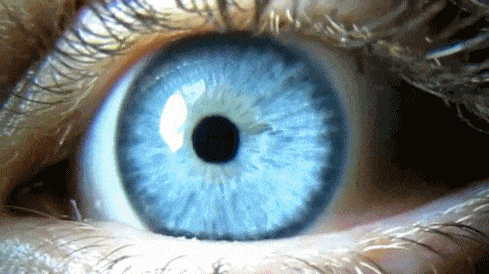Discover the Incredible Wonders of Your Eyes: 13 Mind-Blowing Facts You Never Knew!
Here are some mind-blowing facts about your eyes that you may never have known about:
1. Your retinas actually perceive the outside world as upside-down while your brain flips the image for you.
If you want to see the world as your retinas do, try a pair of prism glasses. Just don't, you know, walk near sheer drops or operate heavy machinery while wearing them.
2. In addition to being upside-down, images arrive at your retina split in half and distorted.
Each half of your brain receives one half of the image, and then they scramble the images together to compose the whole picture you're used to seeing.
3. Your retinas cannot detect the color red.
Although your retinas have red, green and blue colour receptors, the "red" receptor only detects yellow-green, and the "green" receptor detects blue-green. Your brain combines these signals and turns them into red.
4. Your peripheral vision is very low-resolution and is almost in black-and-white.
You don't realize it because your eyes move to "fill in" the peripheral detail before you notice the difference.
5. Got blue eyes? You share an ancestor with all other blue-eyed people across the world.
6. And if you have brown eyes, you're old school.
All humans originally had brown eyes. Blue eyes appeared as a mutation about 6,000 years ago.
7. If you're blind, but were born with sight, you probably still see images in your dreams.
8. On average, you blink 17 times a minute.
That's 14,280 times in a 14-hour day, and 5.2 million times a year.
9. "20/20 vision" doesn't equal perfect vision. It just means you can see 20 feet in front of you as well as the average person can.
10. If you're nearsighted, your eyeball is longer than normal. If you're farsighted, it's shorter than average.
11. Your eyes are almost the same size as they were when you were born. And newborn babies can see clearly up to 15 inches away.
Which is, handily, generally where their mothers' faces are when they're breastfeeding.
12. Your tears have different compositions based on whether something's irritating your eye, or you're crying, or yawning.
13. Your eye is constantly making tiny jerking movements called "microsaccades" to stop objects from fading from your vision.
A process called Troxler's phenomenon causes static objects in your gaze to disappear if you stare at them for too long (see image below). Microsaccades stop this from happening.














